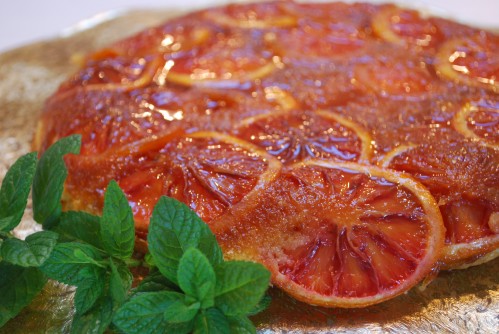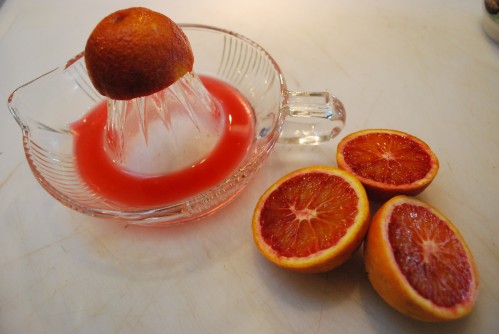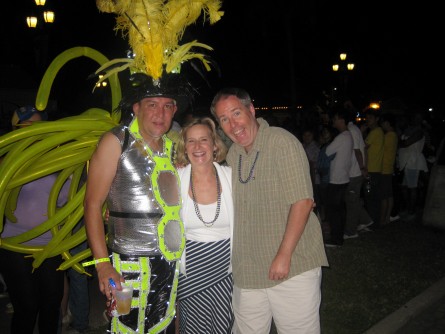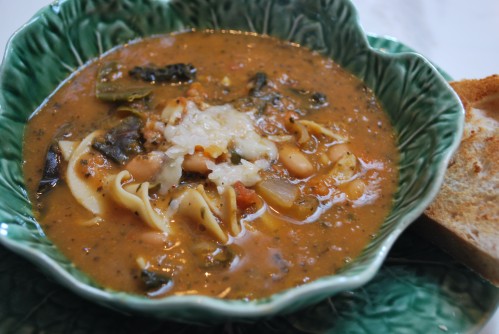I can't take credit for this incredible bouquet of roses. It was on our lunch table at the gorgeous Rose Story Farm Last spring I had the exciting opportunity to visit Rose Story Farm, a real-life rose farm in Carpenteria Valley just south of Santa Barbara, California. Rose Story Farm is a family owned and operated farm which grows 150 different rose varieties amongst 25,000 rose bushes. It has been on my radar since I first saw an article about it in Martha Stewart Living.
All of these roses are cultivated in soil, cut fresh, and flown all over the country for special events. As you can imagine the variety of roses grown at Rose Story Farm have to meet rigorous standards with very desirable rose characteristics. The mauve rose caught my eye in particular, and I learned it was the "Intrigue" rose. I love the color, and was looking for a great rose for my garden and worked my garden palette.
I was able to find the Intrigue rose and bought several for mass planting curb appeal in the front of my home. It is first of all, a truly striking rose which has small clusters of large, loose magenta blossoms on long stems. It blooms continuously from spring to fall. It is a large rose reaching 4-5 feet tall and 3 feet wide. It's dark plum-tinted foliage is an additional plus, and adds a pleasing color contrast to it's roses. It is an AARS awarded winner. Here it is blooming to bloom for the first time in March in my garden.
If you are a rose enthusiast, you must plan on taking a tour at Rose Story Farm. Try and visit the end of April, beginning of May, when the roses are at their height of bloom and beauty. Please share if you have visited Rose Story Farm. Please comment on your favorite garden rose.








 A few years ago I planted a Moro Blood Orange tree, after making this gorgeous
A few years ago I planted a Moro Blood Orange tree, after making this gorgeous 
 Recently, my husband John, and I had the opportunity to experience first hand the fun and excitement surrounding the celebration of the evening Carnival Parade in the streets of downtown Oranjestad, Aruba in the Dutch Carribean.
Recently, my husband John, and I had the opportunity to experience first hand the fun and excitement surrounding the celebration of the evening Carnival Parade in the streets of downtown Oranjestad, Aruba in the Dutch Carribean. "China tea, the scent of hyacinths, wood fires and bowls of violets--that is my mental picture of an agreeable February afternoon." --Constance Spry
I agree, Constance, and what about soup to take the chill out of you, such as one of my favorites,
"China tea, the scent of hyacinths, wood fires and bowls of violets--that is my mental picture of an agreeable February afternoon." --Constance Spry
I agree, Constance, and what about soup to take the chill out of you, such as one of my favorites,